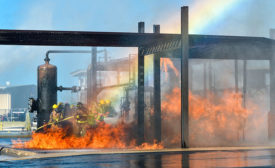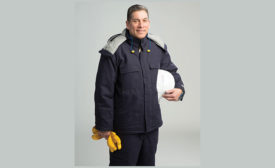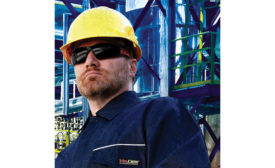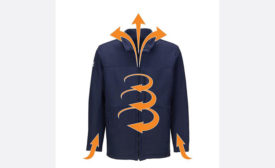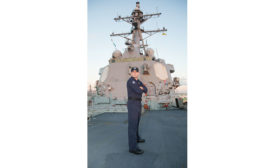Home » Keywords: » arc flash clothing
Items Tagged with 'arc flash clothing'
ARTICLES
Selection, care & use of FR garments
NFPA 2113 standard spells it out for you
January 18, 2019
4 steps for building an AR/FR winter layering system
Start with the basics
December 6, 2018
NFPA 70E 2018 breaks new boundaries
Assessing risks, preventing errors, building a culture
August 3, 2018
Navy FR program offers valuable lessons
First comes testing, then detailed instructions
June 14, 2018
Become a Leader in Safety Culture
Build your knowledge with ISHN, covering key safety, health and industrial hygiene news, products, and trends.
JOIN TODAYCopyright ©2025. All Rights Reserved BNP Media.
Design, CMS, Hosting & Web Development :: ePublishing
.jpg?height=168&t=1739561437&width=275)
